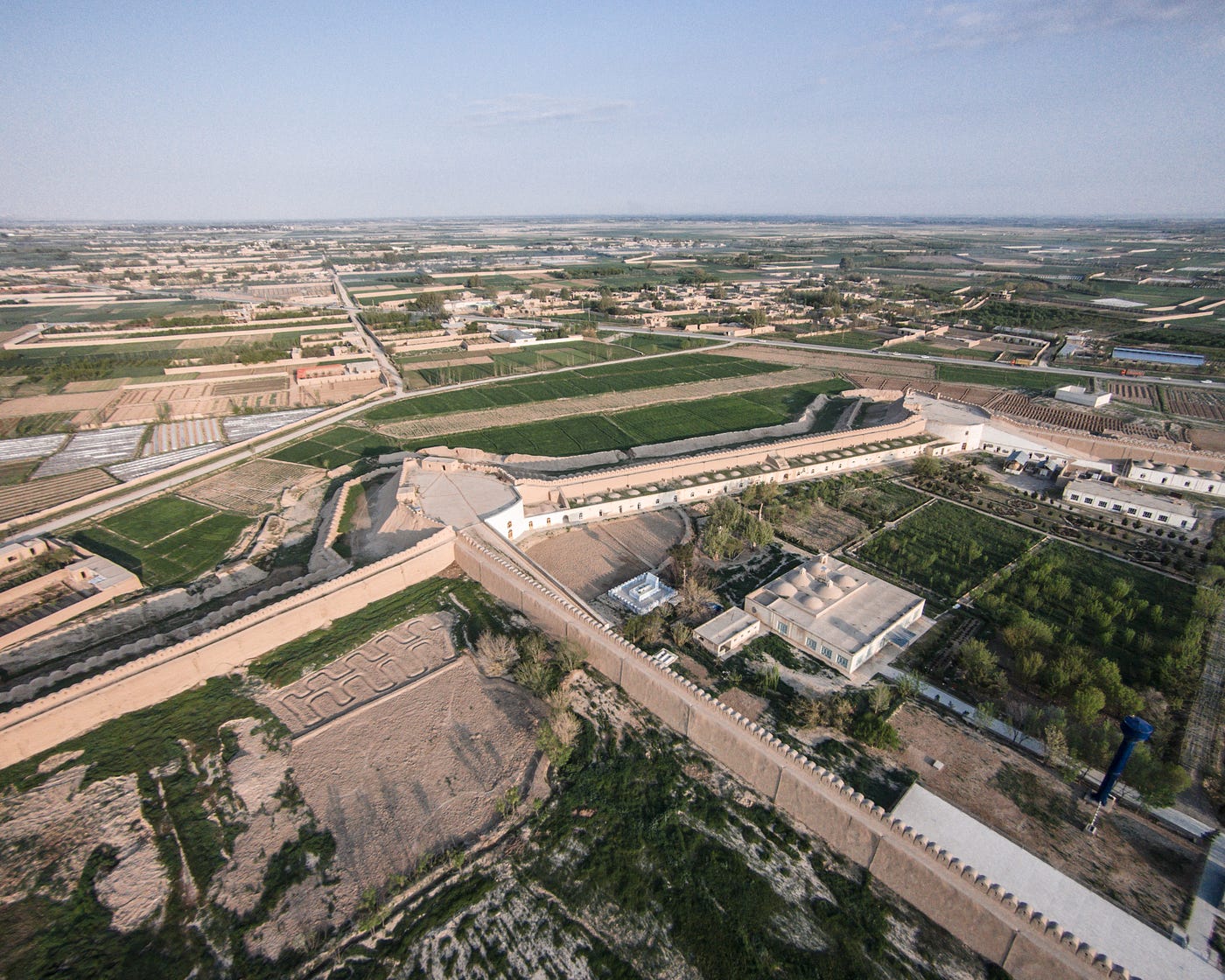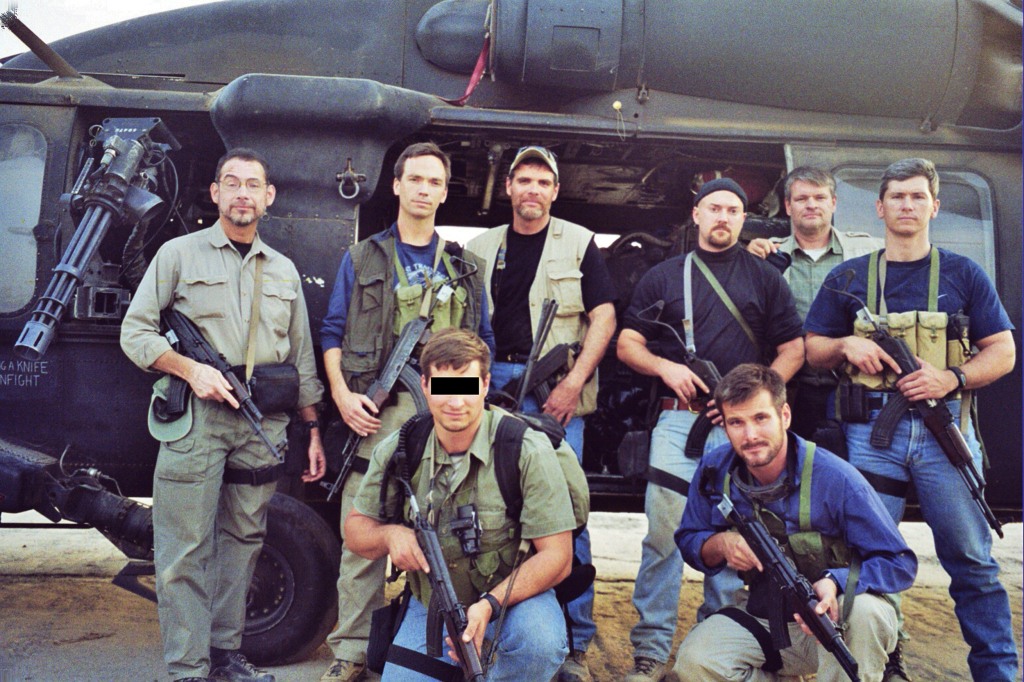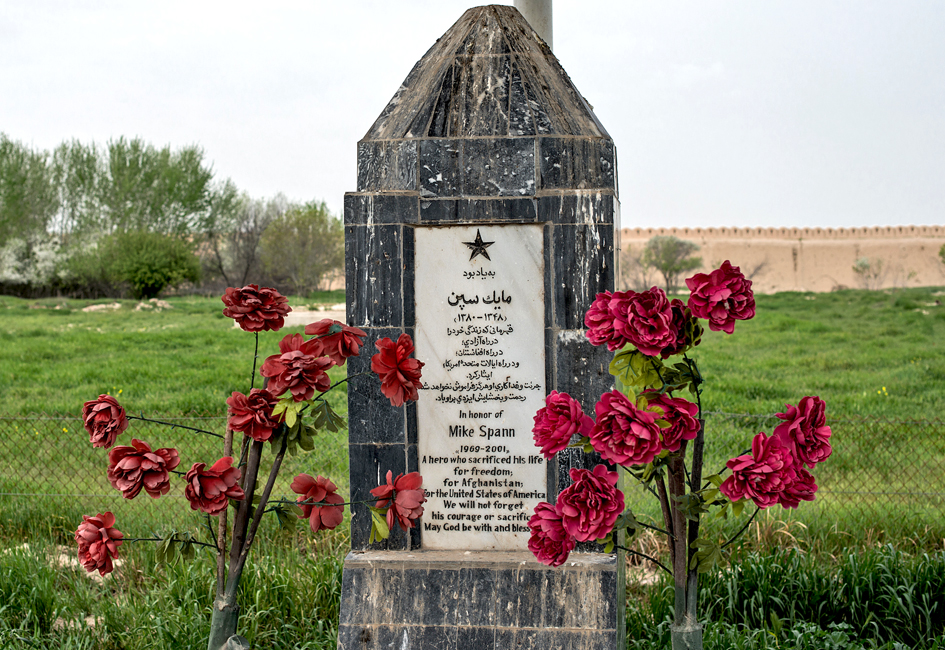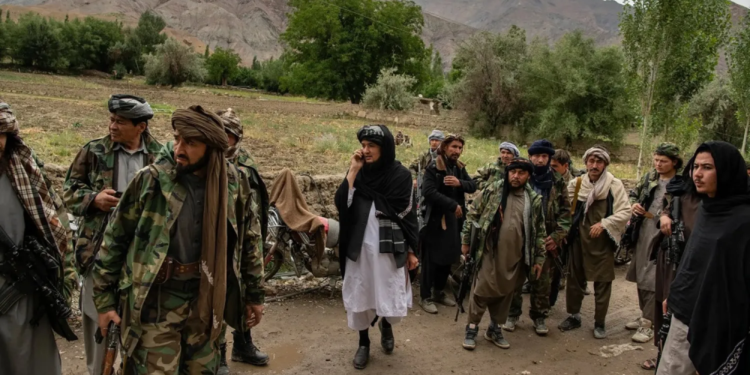Contents
- 1 The Battle Begins: A Deadly Stalemate
- 2 RelatedPosts
- 3 Pope Francis’ Legacy: A Pope for the Poor, the Marginalized, and Global Unity
- 4 The Rise of Hezbollah: The CIA’s Role in Unmasking and Battling a Global Threat
- 5 Operation Argo: The Daring CIA Rescue Mission Behind Enemy Lines
- 6 The Taliban’s Defiance: The Prison Standoff
- 7 The Tragic Loss of Mike Spann
- 8 Interrogation and Intelligence: A Path to Abbottabad
- 9 Successes, Failures, and the Role of the White House
- 10 The Human Element: Courage Under Fire
- 11 Conclusion: A Legacy of Determination
The Taliban prison uprising at Qala-i-Jangi in 2001 and its aftermath offer a dramatic glimpse into the challenges faced by the CIA and allied forces in the early days of Operation Enduring Freedom: the US invasion of Afghanistan following 9/11. This blog post delves into the chaotic series of events, the successes and failures of the CIA, and the personal sacrifices made in the relentless pursuit of Al-Qaeda leader Osama Bin Laden.
The Battle Begins: A Deadly Stalemate
In the early days of the U.S. invasion of Afghanistan, the CIA and allied forces faced fierce resistance from Taliban fighters imprisoned in a fortified compound north of Mazar-i-Sharif. The 600 Taliban militants had been imprisoned in the North Alliance’s fort, after they negotiated a truce.

The militants didn’t expect to be held as prisoners, a move that was crucial for CIA officers to interrogate them and seek out information on the whereabouts of Bin Laden. The Taliban fighters were armed and initiated an uprising; now known as the Qala-i-Jangi Prison Uprising. The North Alliance forces had not frisked them for weapons, and most of the militants were wielding grenades and other armaments.
As the CIA interrogated the militants and worked toward their ultimate goal of locating Osama Bin Laden, they encountered a determined enemy willing to fight to the death.
Related: Uncovering the Secrets of Osama Bin Laden’s Mind: Insights from His Hard Drives
A Tactical Misstep
Amid the heated clashes, the #CIA warned against deploying air strikes due to the intermingling of friendly and enemy forces. However, the U.S. military, eager to neutralize the Taliban, dropped a 2,000-pound bomb that inadvertently destroyed a Northern Alliance tank position. This tragic mistake resulted in the deaths of 30 Northern Alliance fighters, five U.S. Special Forces members, and two British operatives. Despite the intense bombardments, the Taliban held their ground for a week, leading to a grim stalemate and a battlefield strewn with casualties.
The Taliban’s Defiance: The Prison Standoff
One of the most harrowing moments of the conflict occurred during the CIA and Northern Alliance’s attempt to force Taliban fighters out of a fortified prison. Employing everything from RPGs to flooding the basement with freezing water, the Northern Alliance attempted to break the Taliban’s will.

An Unyielding Enemy
After 6 days, and with the militants having spent 20 hours submerged in icy water, 86 Taliban fighters emerged, defiant and full of hatred. Among them was John Walker Lind, a 20-year-old American who had joined the Taliban and initially identified himself as an Afghani. Lind revealed limited intelligence, admitting only to having met Bin Laden once; briefly at a training camp. Charged with consorting with the enemy, Lind became a symbol of betrayal and faced a 20-year prison sentence without parole.

The Tragic Loss of Mike Spann
The CIA’s involvement in the Taliban prison uprising came at a high cost. Mike Spann, a CIA paramilitary officer, was killed in the chaos, making him the first American combat casualty in Afghanistan. Spann, along with his colleague Dave Tyson, had been instrumental in gathering intelligence through interrogations. His death underscored the grave risks faced by CIA operatives on the front lines.

Interrogation and Intelligence: A Path to Abbottabad
The efforts of Spann, Tyson, and other CIA operatives laid the groundwork for a decade-long hunt for Osama Bin Laden. Through grueling interrogations and painstaking analysis, the CIA gathered crucial intelligence on Al-Qaeda’s structure, funding, and operations.
Related: Operation Argo: The Daring CIA Rescue Mission Behind Enemy Lines
A Decade of Dedication
The intelligence collected during these early days proved invaluable, eventually leading the CIA to a compound in Abbottabad, Pakistan. In May 2011, a decade after the Taliban uprising, U.S. Navy SEALs conducted a daring raid, killing Bin Laden and delivering a long-awaited victory in the war on terror.
Related: The Untold Story of SEAL Team Six’s Raid That Took Down Osama Bin Laden – Part 2
Successes, Failures, and the Role of the White House
The CIA’s role in Operation Enduring Freedom highlighted both its resourcefulness and the challenges of operating within a complex chain of command.
Successes
- The rapid deployment of CIA operatives like Spann and Tyson allowed the U.S. to roll back the Taliban in northern Afghanistan within weeks.
- Intelligence gathered from interrogations provided a roadmap for dismantling Al-Qaeda networks.

Failures
- Tactical missteps, such as the misplaced air strike, demonstrated the dangers of poor coordination between the CIA and the military.
- The inability to prevent the Taliban’s resurgence in the prison standoff exposed the limits of conventional tactics against an ideologically driven enemy.
The White House’s Impact
The CIA’s efforts were heavily influenced by its relationship with the White House. While President Bush’s support enabled bold actions, the complexity of navigating military and political priorities often slowed decision-making. The CIA’s ability to adapt and innovate despite these challenges speaks to the resilience of its operatives.
The Human Element: Courage Under Fire
The story of the Taliban prison uprising is one of extraordinary bravery and sacrifice. Figures like Mike Spann epitomized the dedication of CIA officers working under immense pressure. Their commitment to national security, even at great personal risk, is a testament to the human spirit in the face of overwhelming adversity.

Conclusion: A Legacy of Determination
The Taliban prison uprising was a pivotal moment in the CIA’s campaign against Al-Qaeda. It highlighted the agency’s ability to adapt to unprecedented challenges while exposing the costs of war in both human and strategic terms. The lessons learned during these early days of Operation Enduring Freedom continue to shape counterterrorism efforts today.
While the road to Bin Laden’s capture was long and fraught with setbacks, the sacrifices made by CIA operatives like Mike Spann ensured that justice was ultimately served. Their legacy endures as a reminder of the price of freedom and the relentless pursuit of security in an unpredictable world.
Read more about declassified CIA #covertoperations in our series: Declassified Secrets of the CIA’s Covert Operations.
This article has been written with the help of A.I. for topic research and formulation.









